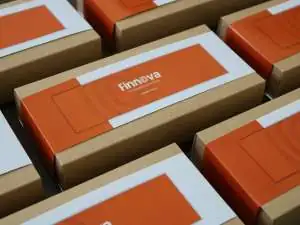
When it comes to publishing a book, choosing the right binding method is essential. The right binding not only enhances the durability and longevity of the book but also adds to its overall aesthetic appeal. From practicality to aesthetics, the binding for books printing plays a crucial role in ensuring it meets the intended purpose and resonates with its target audience.
Traditional Binding Methods
Hardcover Binding
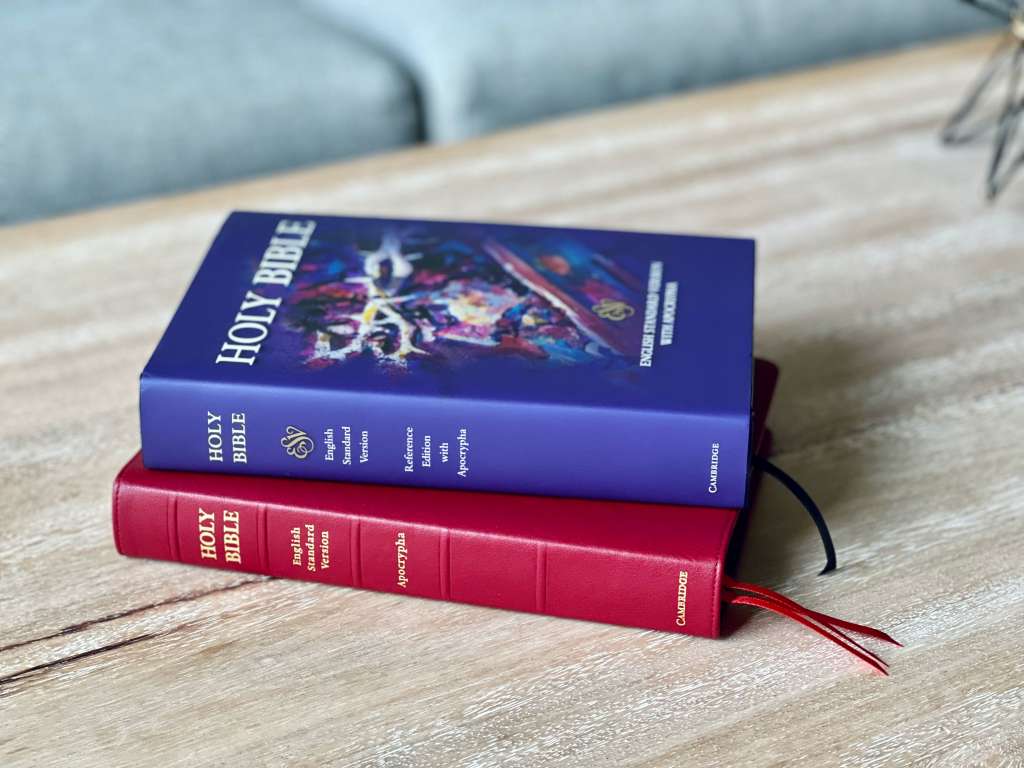
Hardcover binding is the epitome of durability and elegance. Hardcover binding involves encasing the book’s content within a rigid cover made of thick cardboard, wrapped in a protective material such as cloth, leather, or paper. The cover is then securely attached to the book’s spine, further enhancing the strength and longevity of the book.With its sturdy construction, this binding style is commonly utilized for a wide range of reading materials, including novels, reference books, and coffee table books.
But the manufacturing process for hardcovers requires additional materials and more intricate construction, which adds overall expense. Additionally, hardcovers are generally bulkier and heavier than paperback, which may be less convenient for readers who prefer lightweight and portable options.
Paperback Binding

Paperback binding is a commonly used method of bookbinding that involves securing the pages of a book with a flexible, lightweight cover made of paper or cardstock. This type of binding is most commonly seen in mass-market paperbacks, as well as trade paperbacks ,some fiction and non-fiction books, and textbooks and educational materials for students.
The main characteristic of paperback binding is its flexibility, which allows the book to be easily opened and folded without damaging the spine or pages. Unlike hardcover binding, paperback books are typically glued together rather than sewn, making more affordable to produce, accessible to a wider range of readers. Additionally, their lightweight design makes portable and easier to handle, making more suitable for casual reading on-the-go or while traveling. It also easier to store due to the flexibility, can be stacked or shelved more efficiently.
However, the paperback are not as durable as hardcover editions. Over time, the adhesive used in paperback binding may weaken, leading to pages becoming loose or the cover detaching. The flexible cover also tends to be more prone to creasing and wear, which can affect the overall appearance of the book. Additionally, paperback books are more susceptible to damage from moisture or bending, making less ideal for long-term preservation.
Saddle Stitch Binding
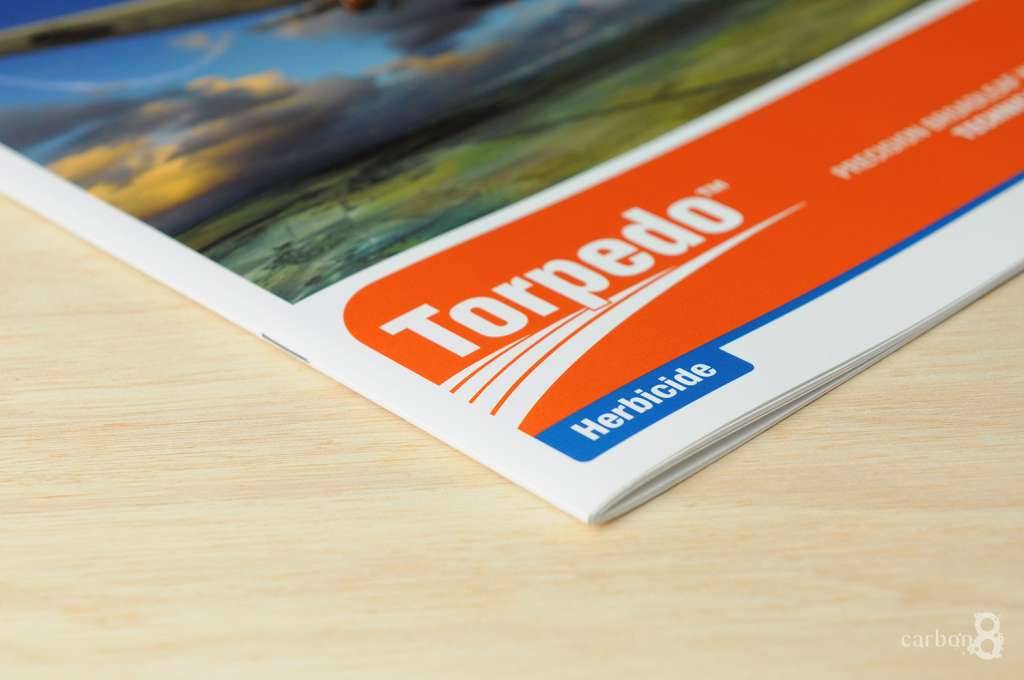
One traditional method that stands out for its simplicity and cost-effectiveness is saddle stitch binding. This technique, commonly used for booklets, brochures, and magazines, involves folding pages in half and stitching them together along the spine using wire staples or stitches.
Saddle stitch binding creates a finished product that opens flat without any resistance, making it easy for readers to navigate through the pages. This binding style is known for its durability, as the wire staples effectively hold the pages in place. Additionally, saddle stitch binding allows for varying paper weights and can accommodate different sizes of booklets or brochures. Its streamlined appearance adds a professional touch to any printed material, making it a popular choice for both marketing materials and publications.
Saddle stitch binding is relatively inexpensive, making it an ideal option for projects with budget constraints. Moreover, the simplicity of the process allows for quick production turnaround times, making it suitable for projects with tight deadlines. Additionally, saddle stitch binding offers the flexibility to include a varying number of pages, ranging from a few to around 64, depending on the paper thickness.
While the maximum number of pages that can be accommodated is relatively low compared to other binding methods. If the number of pages exceeds the recommended limit, the booklet may not lay flat and may appear bulky when folded. Furthermore, although generally durable, saddle stitch binding may not hold up well for heavy or frequently handled books that endure excessive wear and tear.
Perfect Binding
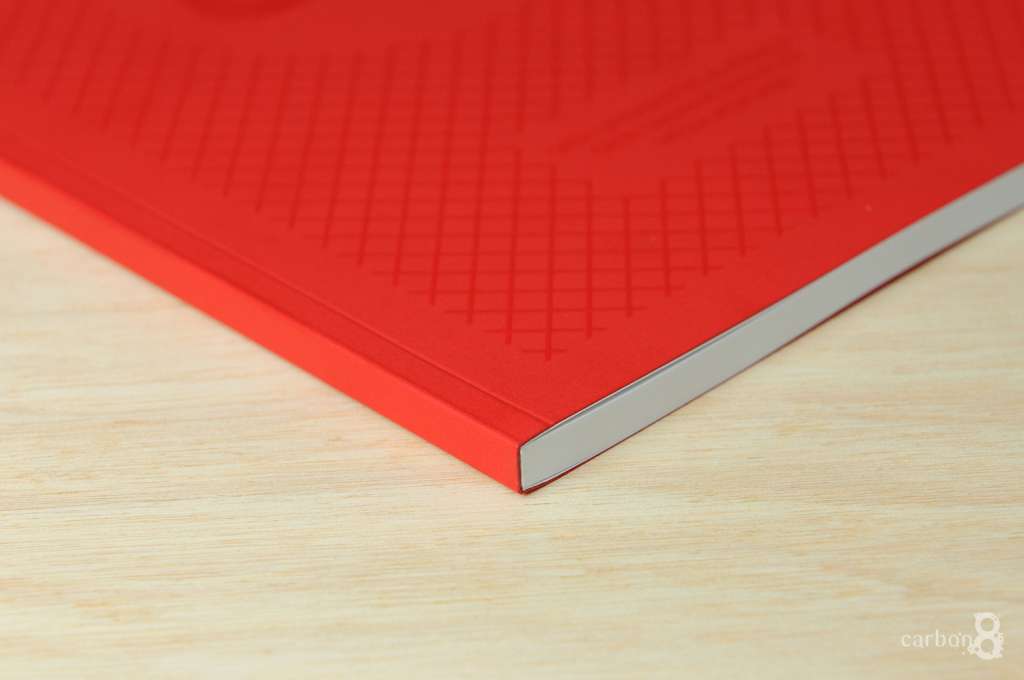
Perfect binding is a widely used bookbinding technique that provides a clean, professional finish to books and other printed materials. In this method, the pages are bound together with an adhesive or glue along the book’s spine, resulting in a strong and durable hold. Perfect binding is commonly employed for paperback books, magazines, catalogs, and brochures.
Perfect binding can accommodate a wide range of page counts, making it suitable for both thin and thick publications. Moreover, perfect binding allows the book to lie flat when opened, allowing for a seamless reading experience. This feature is especially advantageous for cookbooks, textbooks, and manuals that require easy reference and hands-free reading.
Perfect binding is a cost-effective method, making it an excellent choice for high-volume production. Additionally, perfect binding lends a professional and polished appearance to printed materials, enhancing their overall aesthetic appeal. Furthermore, the binding process is relatively quick, making it an efficient option for time-sensitive projects.
While it is not as durable as other binding methods. Over time, the glue may weaken, leading to pages becoming loose or detached from the spine. Additionally, due to the nature of the adhesive used, perfect binding does not allow for easy page removal or individual sheet insertion.
Perfect binding is ideal for projects that require a professional appearance and moderate durability. It is particularly prevalent in the publishing industry, where it serves as a cost-effective alternative to hardcover binding.
Advanced Binding Methods
Spiral Binding
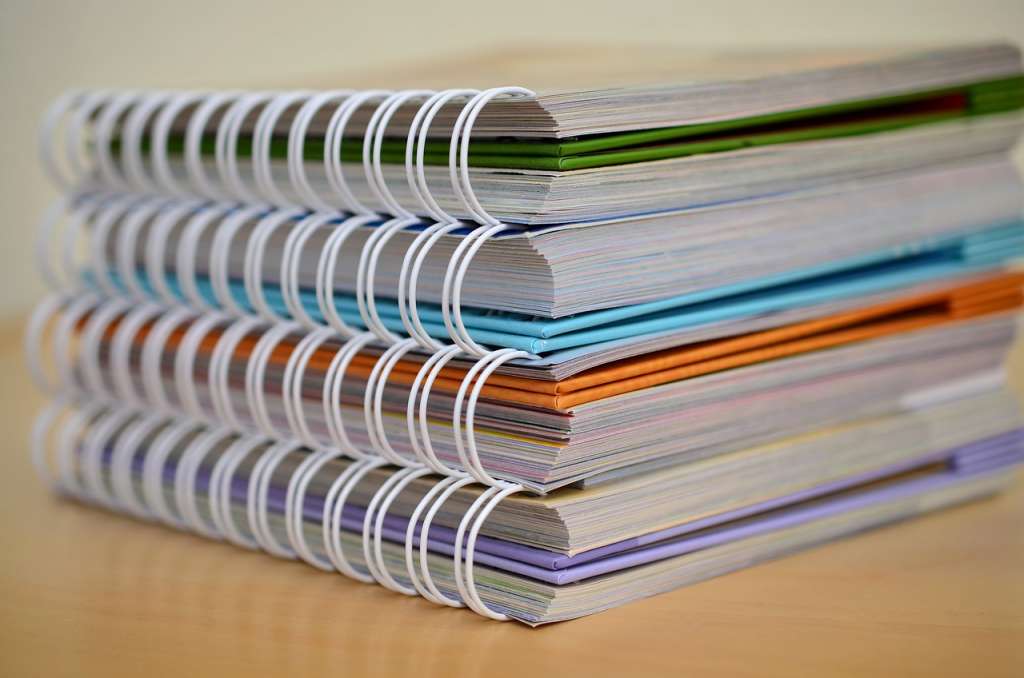
Spiral binding, as the name suggests, involves using a plastic or metal coil that is threaded through a series of punched holes along the spine of a book. This creates a spiral-like effect and allows the pages to be opened and turned effortlessly. The coil provides exceptional durability and flexibility, enabling the book to lie completely flat when opened at any page. This feature makes spiral binding particularly useful for notebooks, cookbooks, journals, and any other type of book that requires easy note-taking or writing.
Spiral binding can accommodate a large number of pages. It can securely hold a substantial amount of paper, suitable for thick books or documents. Additionally, the flexibility of spiral binding allows for easy page-turning without compromising the structural integrity of the book.
However, spiral binding also has its drawbacks. The most notable disadvantage is the possibility of the coil being bent or deformed, which can make it challenging to turn pages smoothly. Moreover, the exposed coil can sometimes snag on surfaces or other items, potentially causing damage to the book or neighboring objects.
Wire-O Binding
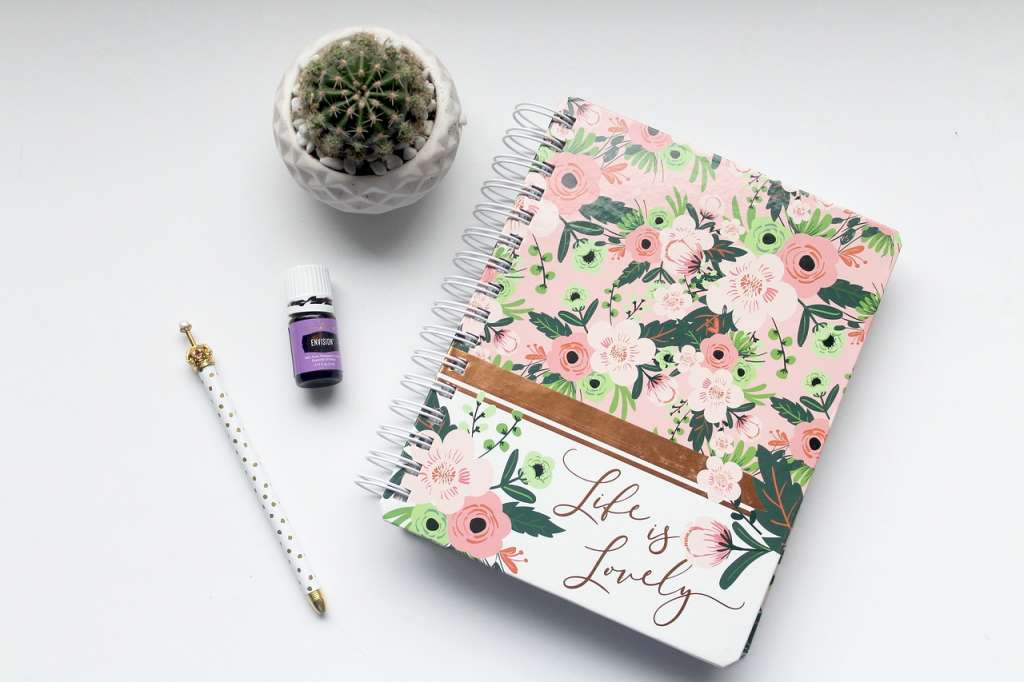
Wire-O binding, also commonly known as twin-loop binding or double-loop binding, is a popular book binding method that utilizes a continuous double-loop wire spine to hold the pages together. It offers a sleek and professional appearance, making it a popular choice for many businesses and individuals alike.
The wire spine used in wire-O binding is made of durable metal, typically composed of either steel or aluminum. This makes the binding sturdy and resistant to wear and tear, ensuring that the book remains intact even with frequent use. The wire can be coated with different colors or finishes, providing additional customization options to suit the desired aesthetic.
Wire-O binding offers excellent durability, making it suitable for books that are frequently handled or used in high-traffic environments. This binding method ensures that pages remain securely bound, preventing them from tearing or falling out.Wire-O binding allows pages to lay completely flat when opened, making it ideal for presentations, manuals, calendars, or any other type of book that requires easy readability and note-taking.The wire spine allows for smooth page turning, enabling readers to flip through the book effortlessly, preserving the overall reading experience.
Wire-O binding works best for books with a limited number of pages. If the book becomes too thick, the wire spine may struggle to hold the pages securely, leading to potential damage or detachment.Compared to other binding methods, wire-O binding can be relatively more expensive due to the use of metal wires. Therefore, it may not be the most cost-effective option for projects with a tight budget.
Comb Binding
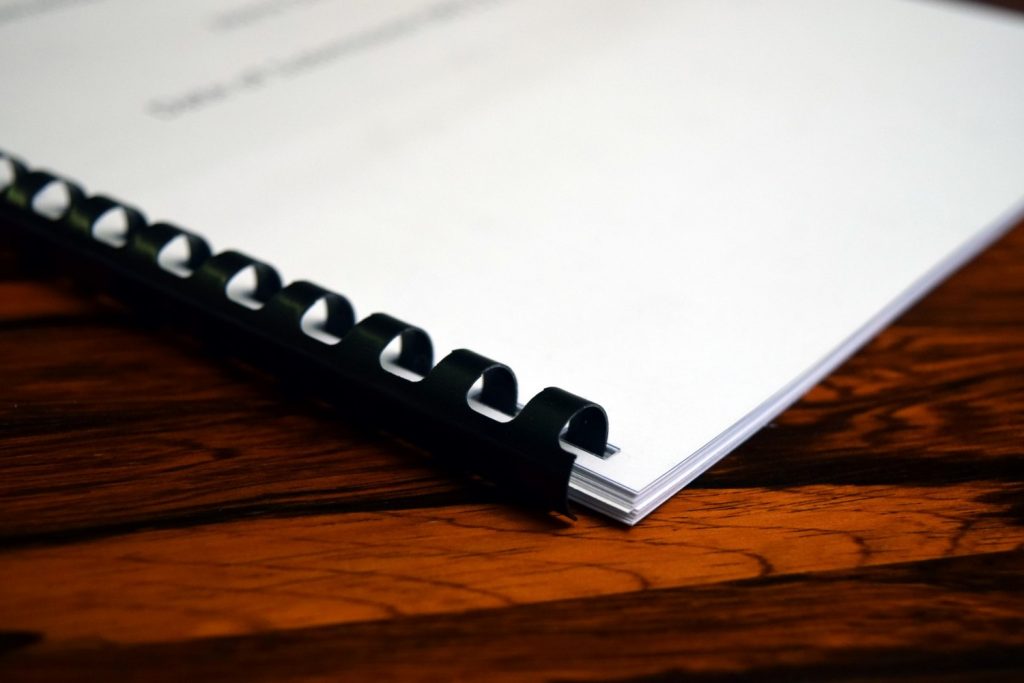
Comb binding, also known as plastic comb binding, is a widely used method of bookbinding that involves inserting a plastic comb into a series of punched holes along the edge of a stack of pages. This binding technique is popular for various applications due to its simplicity, affordability, and flexibility.
Comb binding is versatility. It can accommodate documents of various thicknesses, ranging from a few pages to several hundred pages. The plastic comb used in this method is available in a range of sizes, allowing users to select the appropriate comb diameter to suit the document size. This makes comb binding suitable for binding reports, presentations, manuals, and educational materials.
Comb binding is the ease of editing and adding or removing pages. The plastic comb can be opened and closed easily, allowing for effortless page changes or updates. Additionally, comb binding allows pages to lay flat when opened, providing a comfortable reading experience or convenient note-taking.
Another advantage is the affordability and accessibility of the materials required. Plastic combs and comb binding machines are relatively inexpensive and readily available in many office supply stores. This makes comb binding a viable option for individuals or organizations with budget constraints.
However, the plastic combs used in this method may not be as durable as other binding options, such as wire or coil binding. Over time, the plastic combs may become worn or broken, potentially compromising the integrity of the bound document. Additionally, comb binding does not support a high-quality, professional appearance, which may be a consideration for certain projects or presentations.
Case Binding
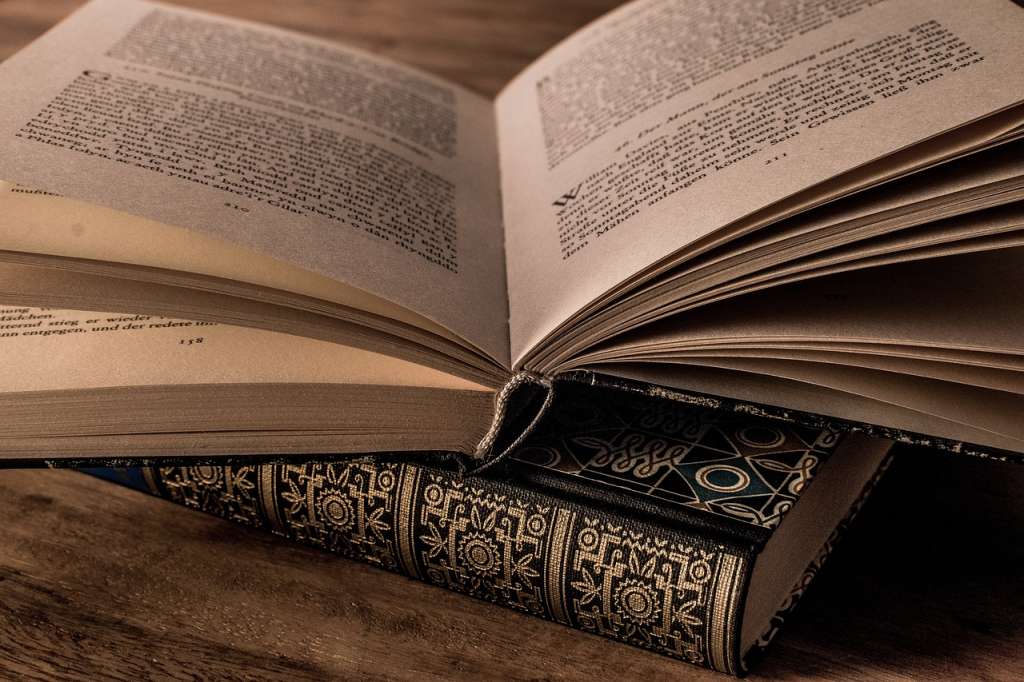
Case binding is a popular method of book binding that offers durability and a professional appearance. It involves attaching the book block (the pages of the book) to a hardcover casing.
The hardcover casing provides protection to the book block, making it more resistant to wear and tear. The book block is sewn or glued to the spine of the casing, allowing the book to open easily and lie flat on a table without pages flipping shut. This feature is especially valuable for those who prefer to read or study from a book without the hassle of holding the pages open.
Case binding offers several advantages that make it a popular choice for many book publishers. It provides a professional and premium appearance, a hardcover book with a printed or embossed title on the spine and cover gives an impression of high quality and sophistication, making it ideal for gift books, novels, and special editions. Additionally, case bound books tend to have a longer lifespan compared to other binding methods, as the hardcover casing provides robust protection against damage.It is also popular for reference books, such as encyclopedias and dictionaries, as it can withstand regular use and keep the pages intact over time. In addition, coffee table books, which often showcase art, photography, or architecture, frequently adopt case binding to provide an elegant and lasting presentation of visually stunning content.Moreover, journals, memoirs, and other types of personal books often utilize case binding to create a keepsake that can be cherished for generations. By opting for case binding, individuals can preserve their cherished memories in a durable format with a refined finish.
Yet, there are also some disadvantages to consider. The process of case binding can be more time-consuming, involving various steps such as printing, binding, and casing, which can increase production costs. It may not be the most cost-effective option for books with smaller print runs or those with budget constraints. Furthermore, the rigid structure of case binding can limit the flexibility and portability of the book.
Specialty Binding Methods
Japanese Stab Binding
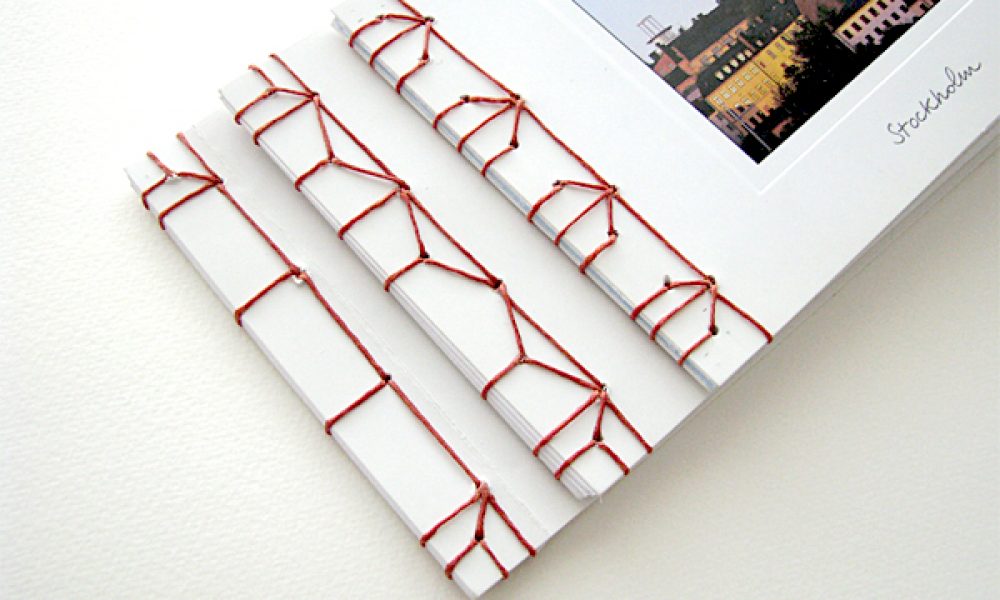
Japanese stab binding is a distinctive bookbinding technique known for its simplicity, elegance, and versatility. While it requires more time and offers less protection compared to some other binding methods, its aesthetic appeal and ability to lay flat when opened make it a popular choice for a range of applications, particularly in art and design books and custom journals.
Coptic Binding
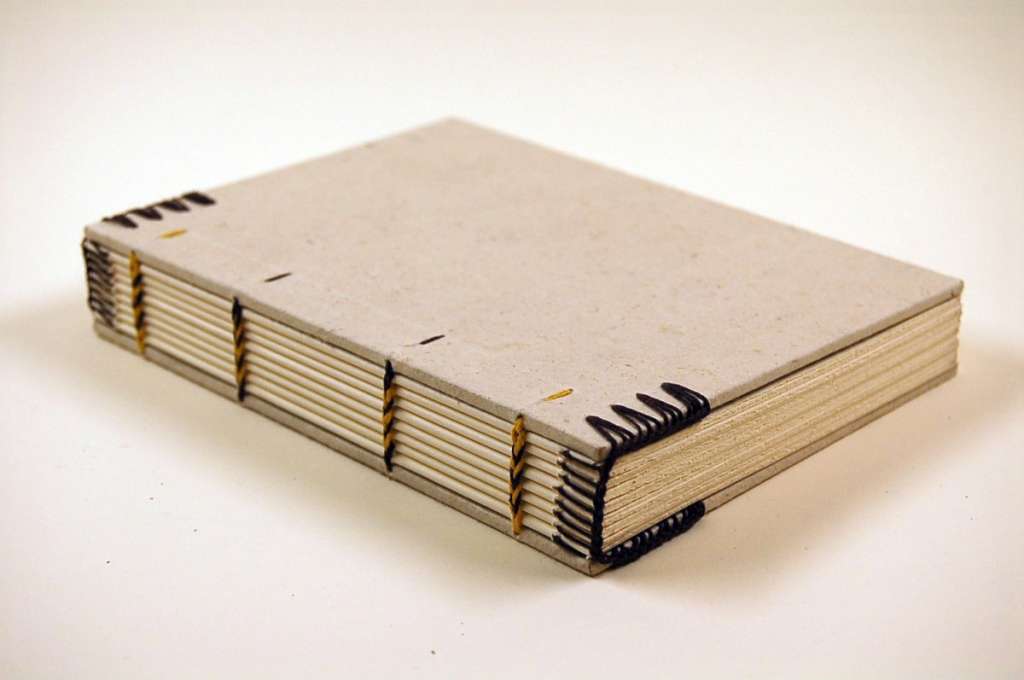
Coptic binding refers to an ancient bookbinding technique that originated in Egypt during the 2nd century AD.Coptic binding showcases the beauty of simplicity and functionality. Coptic binding allows individual sections or signatures to be sewn individually. This not only guarantees enhanced flexibility and durability, but it also enables the book to lay flat, ensuring effortless reading or writing.The primary advantage of Coptic binding lies in its durability and longevity. The exposed spine stitching not only adds an element of visual appeal but also contributes to the structural integrity of the book. This enduring craftsmanship makes Coptic-bound books suitable for frequent use, making them ideal for journals, sketchbooks, or cherished personal diaries.
However,Due to the exposed spine, the pages might be more susceptible to wear and tear over time, especially if the book is subjected to frequent rough handling. Additionally, the exposed stitching leaves the spine vulnerable to damage or possible loss if not handled with care.
Coptic-bound books find applications in various creative endeavors ranging from artist books and travel journals to wedding albums and memory books. They also serve as a canvas for mixed-media projects, allowing artists to incorporate various materials into their bindings.
Which Binding Type is Best?
The first factor to consider is the purpose and functionality of the book. Is it a novel, a textbook, or a reference guide? Understanding the book’s purpose will help determine the appropriate binding method. For instance, if it’s a textbook that needs to lay flat for easy reading and note-taking, a spiral or wire-o binding would be suitable. If it’s a high-quality art book, a hardcover binding may provide the desired durability and elegance.
The size and thickness of the book play a significant role in determining the most appropriate binding method. Different binding methods have their limitations when it comes to accommodating various book sizes and thicknesses. For instance, perfect binding, which applies a flexible adhesive to hold the pages together, is typically better suited for thicker books, while saddle stitching or stapling is more appropriate for smaller publications.
Budget constraints and the anticipated quantity of books to be produced are essential factors to consider when selecting a binding method. Some binding methods, such as case binding or sewn binding, tend to be more expensive and time-consuming, making them suitable for limited editions or higher-end publications. On the other hand, options like saddle stitching or comb binding are more cost-effective and efficient for large-volume projects.
The desired appearance and customization options are also important factors to consider. Each binding method offers different visual effects and customization possibilities. For instance, case binding allows for covers with custom designs and foil stamping, while spiral binding provides opportunities for color-coordinated coils. Considering the desired aesthetics and level of customization will help narrow down the appropriate binding method.
In an environmentally conscious era, the sustainability of the binding method is worth considering. Some binding methods, such as perfect binding, generate more waste due to the trimming of book pages. Alternatively, eco-friendly options like saddle stitching or screw binding can be selected, which involve minimal waste and use recyclable materials.
In conclusion, selecting the best binding type for a book requires careful consideration of various factors. Make an informed decision that ensures your book is well-crafted and meets the intended objectives.
Discover the artistry of custom book printing, from exquisite cover designs to premium paper selections, our team of professionals ensures every detail is thoughtfully considered, making each custom book a masterpiece in its own right.
So, ready to bind and print your books? Visit Bonroy now, submit your demand for custom book printing in contact us, we will help you make the book you want


